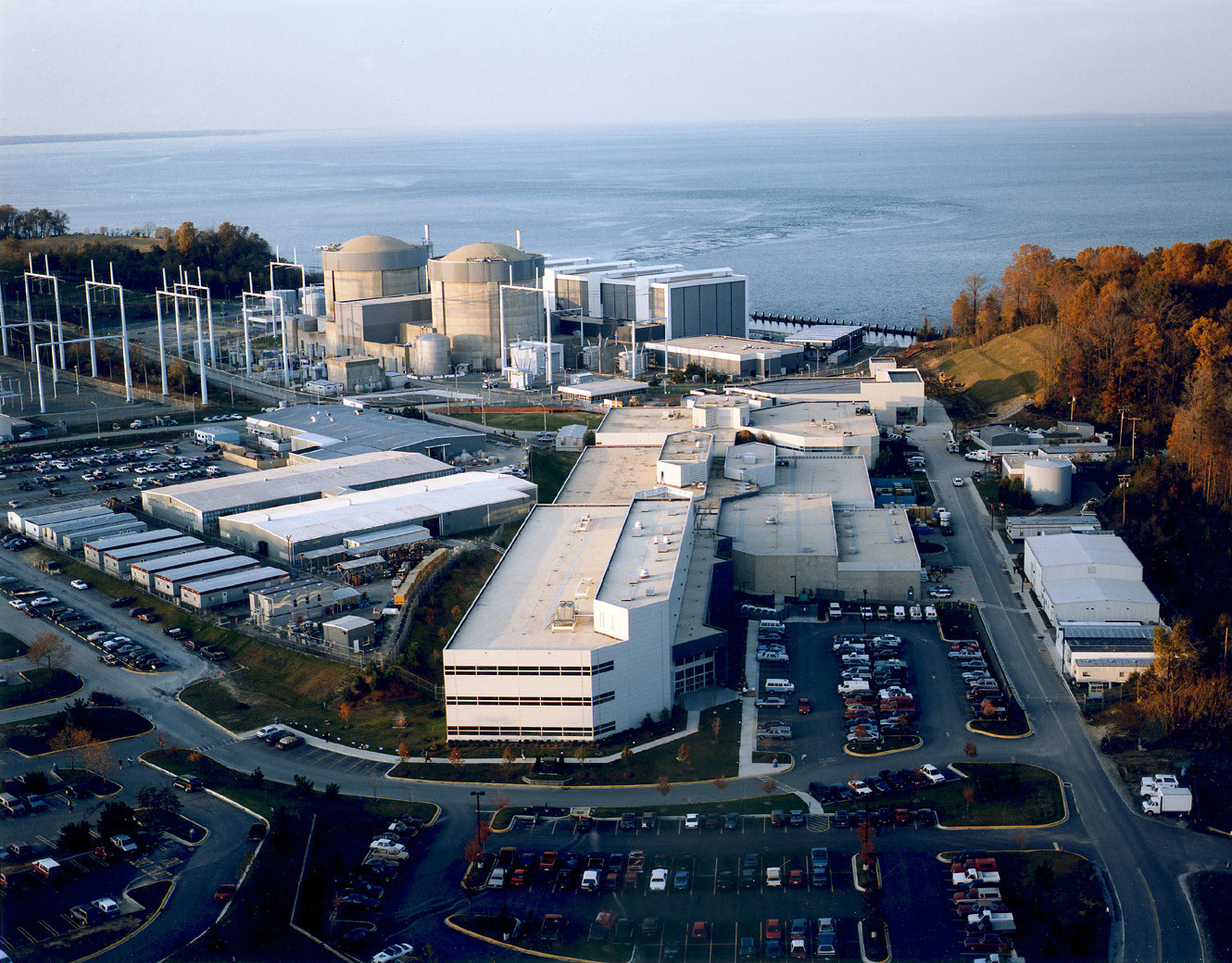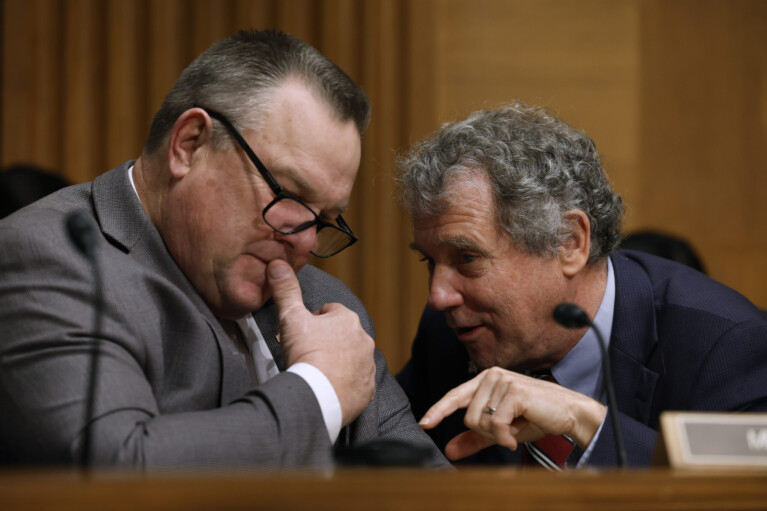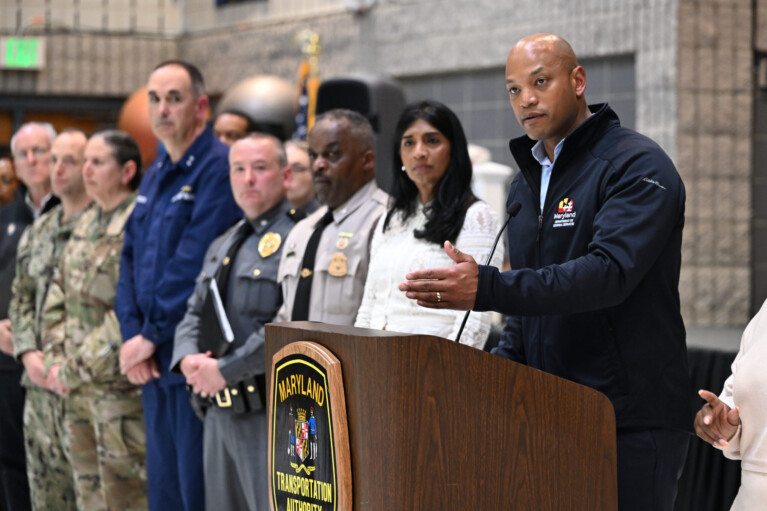Opinion: Md. Needs Clear Guidelines on Where to Site Solar Installations

Maryland needs clear guidelines for where to install large solar energy facilities to protect high-value farmland and forest. That need is obvious after the controversy over Georgetown University’s proposal to cut down more than 200 acres of priority forest to build a solar array.
Last week, the Maryland Department of the Environment correctly denied the permits for that project, which was planned to be built in Charles County near La Plata. Forests have unmatched water filtering abilities. The forest at Georgetown’s proposed site has helped the nearby stream—Ward’s Run—count among the cleanest waterways in the state. The forest’s trees and other vegetation also sequester carbon, which reduces the greenhouse gas carbon dioxide that fuels climate change.
Maryland’s updated Clean Water Blueprint, which guides pollution reduction efforts to clean up the Chesapeake Bay, states, “slowing and ideally reversing forest loss is imperative to sustaining the health of Maryland’s local waters and the Chesapeake Bay.” Despite their value, Maryland is losing about 3,000 acres of forest per year. Given the time it takes to replace forest, the best way to stem the loss of woodlands is to stop cutting them down.
Georgetown has an admirable goal to cut its greenhouse emissions in half by 2020 and powering its campus with renewable energy will help it get there. The Chesapeake Bay Foundation, along with many other environmental organizations, strongly supports efforts to reduce dependence on carbon-based energy. However, cutting emissions is only one part of the climate solution: the other is conserving natural resources areas that act as a carbon sink and provide climate resiliency.
Last month, Gov. Larry Hogan launched a new task force to begin to resolve conflicts over solar and wind projects. The task force will be composed of high-ranking state energy, agriculture, business, and environment officials. Other members include representatives for the Maryland Farm Bureau and local governments as well as the solar and energy industries.
Their challenge will be to settle the conflicts that have cropped up as renewable energy has expanded. They must work with farmers who are concerned about solar energy taking fertile farmland out of production, waterfront homeowners who oppose offshore wind projects, and energy suppliers who claim that costs increase when adding solar panels to rooftops or parking lots.
The task force must also identify the best potential sites for future solar and wind energy development. Unfortunately, the governor did not appoint a member from one of the state’s many nonprofit environmental groups to the task force. Regardless, the Chesapeake Bay Foundation will be closely watching and weighing in on the task force’s work. We hope the task force will make it clear that renewable energy development should not clear high-quality forests or imperil water quality.
Examples of environmentally friendly projects exist. In Annapolis, the London-based firm Building Energy constructed 55,000 solar panels on an 80-acre capped landfill. The project generates about 18 megawatts per year and is expected to save the city about $100,000 per year in electricity costs. On Maryland’s Eastern Shore, Chesapeake College installed a solar panel canopy over a parking lot and additional panels on a six acre field to generate enough electricity to offset about 45 percent of the college’s energy usage. In Western Maryland, there are thousands of acres of abandoned mine lands that are unsuitable for farming or development but could have potential as solar energy sites.
Incentivizing projects on suitable land and resolving renewable energy conflicts will be critically important for Maryland to reach its own legislatively mandated goal of getting 50 percent of its electricity from renewable energy sources by 2030. Both Georgetown and Maryland’s renewable energy goals must be reached in concert with efforts to preserve our existing natural resources — especially our forests.
— ALISON PROST
The writer is Chesapeake Bay Foundation Maryland executive director.




 Creative Commons Attribution
Creative Commons Attribution